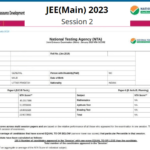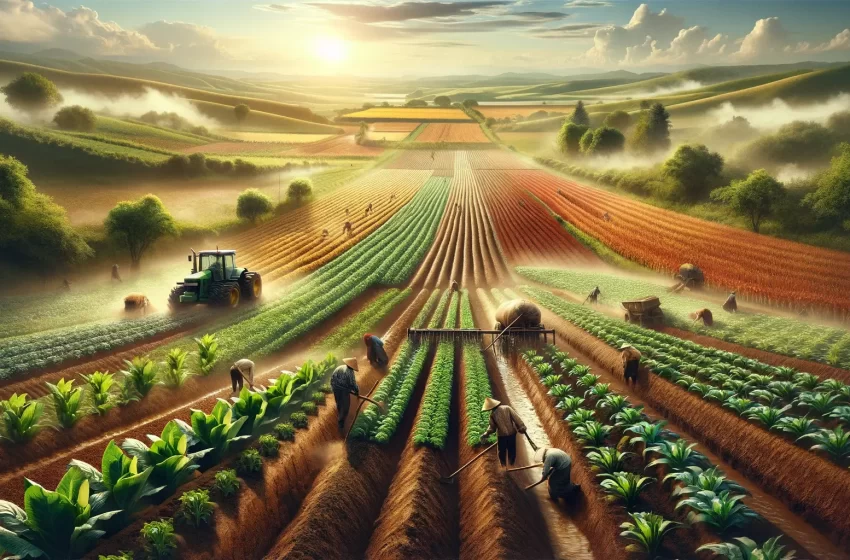Agricultural Technology , Utilizing advanced methodologies to optimize the cultivation and harvesting processes of agricultural products, both animal and vegetable.
Soil preparation technology
Preparing soil through mechanical manipulation to achieve optimal physical conditions for planting is commonly known as tilling, while enriching it with nutrients and trace elements is termed fertilizing. Both practices hold significant importance in agricultural endeavors.

Tilling technology
Tillage involves altering the soil’s condition through mechanical methods, utilizing various tools to achieve specific outcomes such as pulverization, cutting, or repositioning. Its purpose encompasses restructuring the soil, eradicating weeds, and managing crop residues. Structural adjustments are often necessary to enhance water intake, storage, and distribution, as well as to create an optimal environment for seed germination and root development. Weed elimination is crucial to mitigate competition for essential resources like water, nutrients, and light. Effective residue management ensures favorable conditions for crop seeding and cultivation. While soil structure may be satisfactory in terms of aggregate or particle size, typical agricultural practices like planting, cultivating, and harvesting can disrupt it.

Primary tillage equipment technology
Implementing primary tillage involves utilizing various equipment to break and aerate soil to depths ranging from six to 36 inches (15 to 90 centimeters). This machinery, such as moldboard, disk, rotary, chisel, and subsoil plows, plays a crucial role in agricultural practices, integrating advancements in agriculture technology.
The moldboard plow, specifically, serves as a versatile tool adept at breaking down diverse soil types while effectively incorporating and covering crop residues. With numerous designs tailored to specific tasks and soil conditions, each component, including the share, landside, and moldboard, contributes to the plow’s functionality.








Nice post